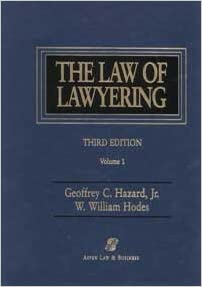- Version
- Download 16
- File Size 328.09 KB
- File Count 1
- Create Date 03/23/2022
- Last Updated 03/23/2022
PUBLICATION: University of Texas Law School: Annual Insurance Law Institute
ISSUE: N/A
DATE: 2003
As everyone knows, insurance policies have a complex structure. Part of that structure involves insuring agreements, limited by exclusions, expanded by exceptions. One of the most significant complexities in property policies is ensuing loss clauses. Such clauses have caused a good deal of litigation in Texas and elsewhere. We shall attempt to elucidate the concept of ensuing loss. We shall do so by reference to a hypothetical clause that could occur in virtually any sort of property policy, so long as the property involves physical objects.
Our thesis is that the complexity--some might say obscurity--of ensuing loss clauses is only apparent. They are not as difficult as some suggest. In our opinion, if they are studied carefully, they are--or become--reasonably clear. Once they are understood, it can be appreciated hence that they do not often apply and that they are not a source of significant coverage under most circumstances. For example, coverage for mold and a similar phenomenon is not easily generated out of them. We believe--and intend to demonstrate-- that Texas courts have mostly understood this. We believe that, for the most part, Texas courts have consistently and correctly applied ensuing loss clauses, although they have done so in variously deficient ways, and that their errors and misconception have caused insureds to hope where there should be none. Texas courts have not allowed--and should not allow--ensuing loss provisions to “completely eviscerate and consume” specific exclusions.
Download



Recent Comments